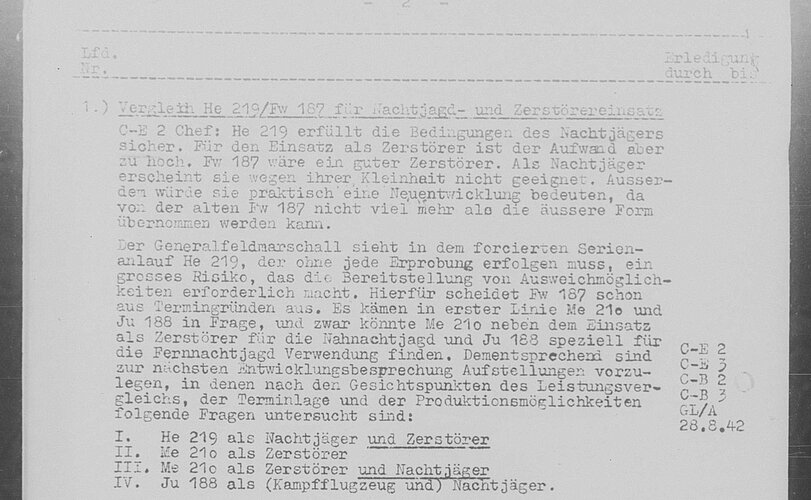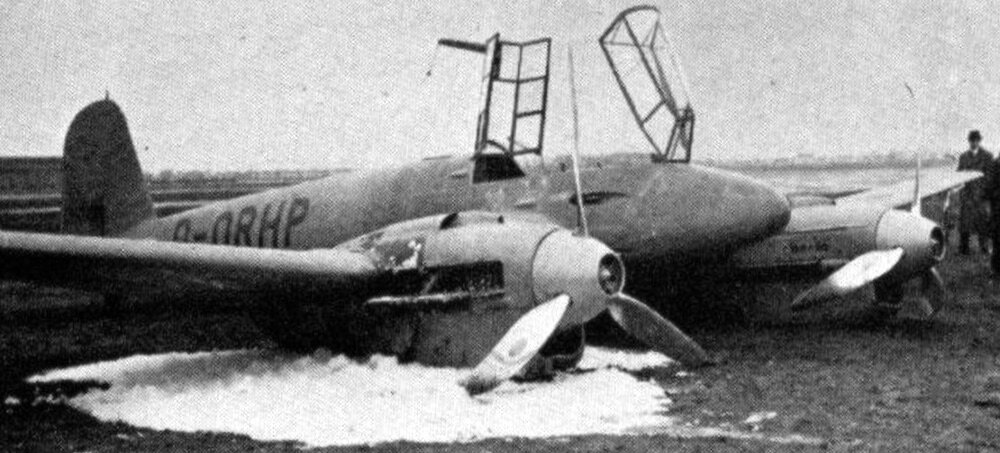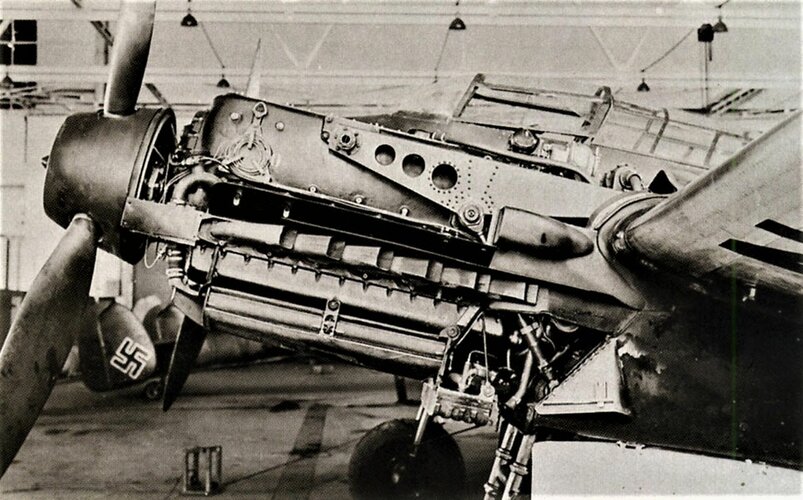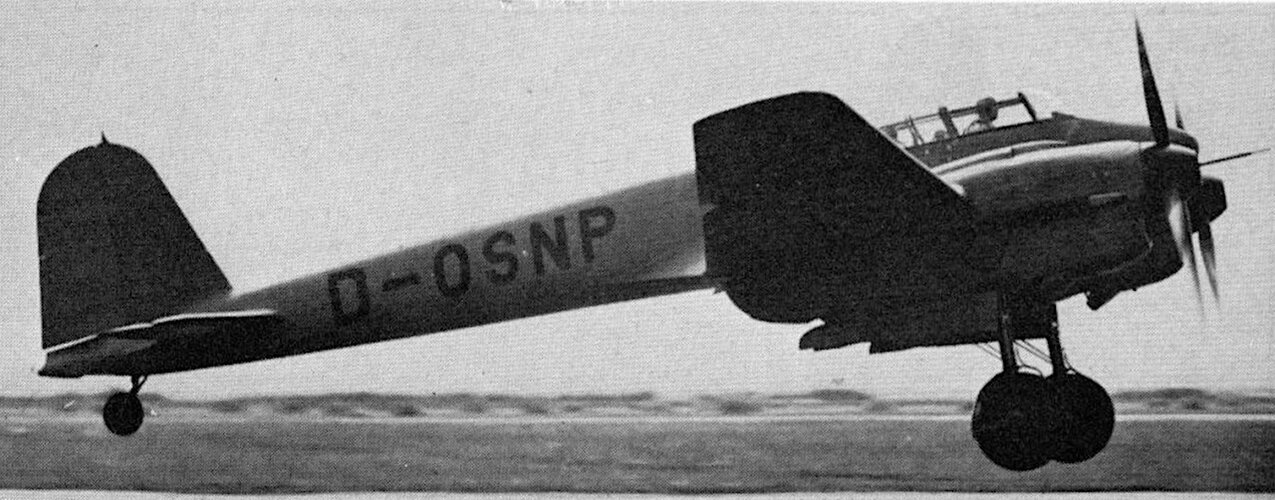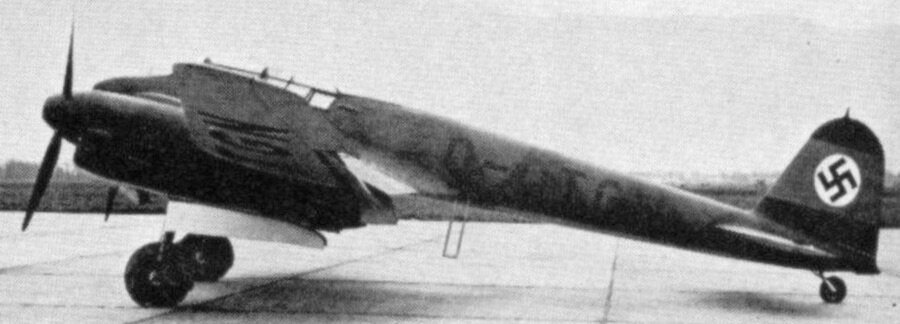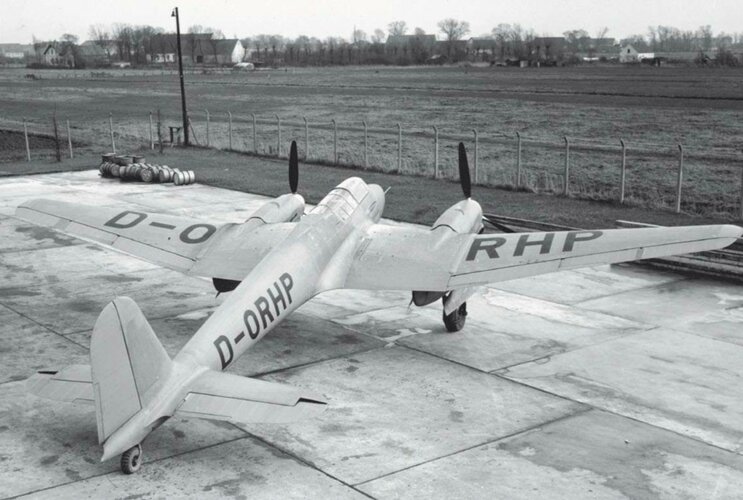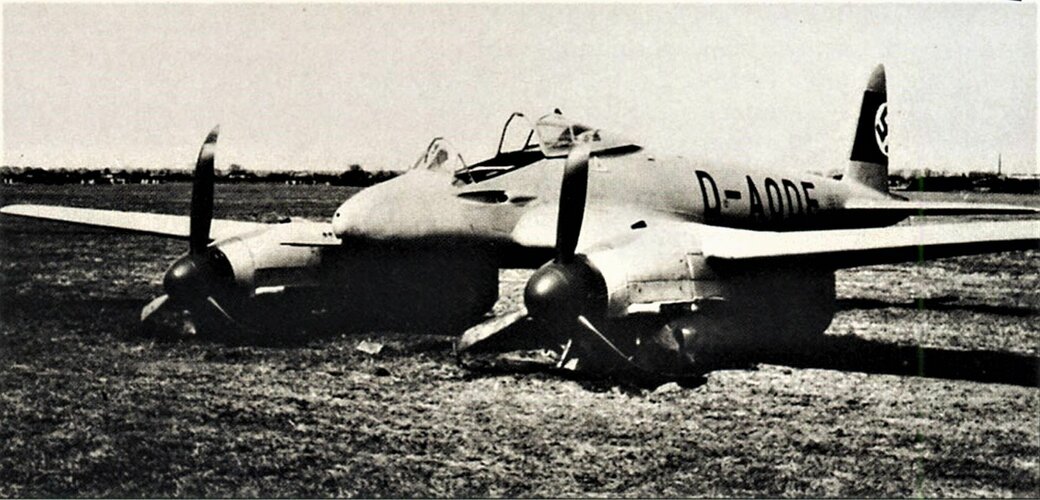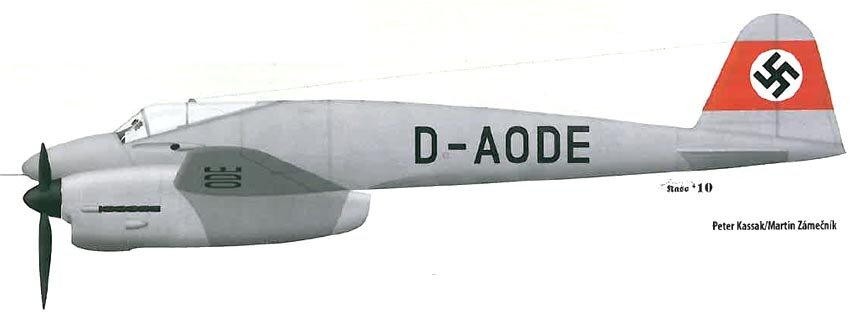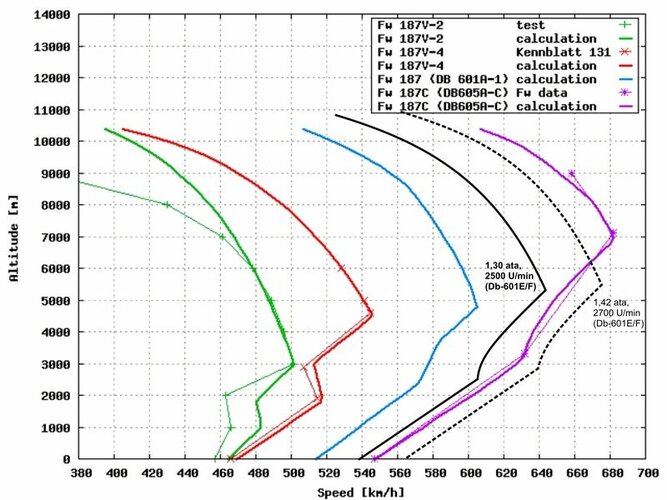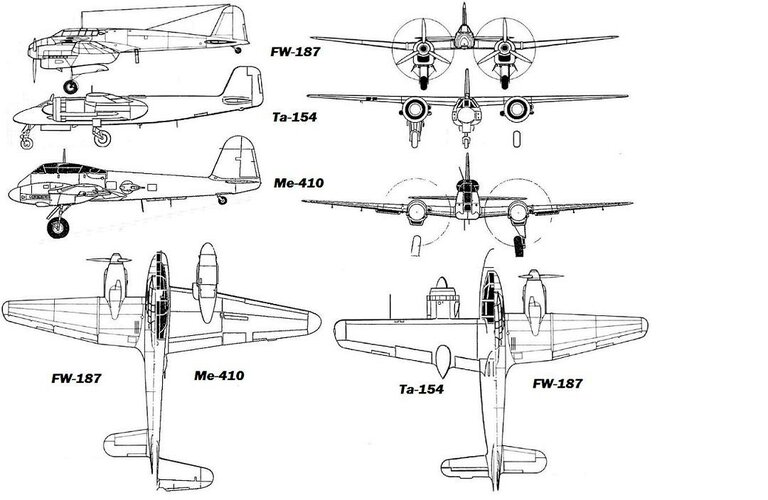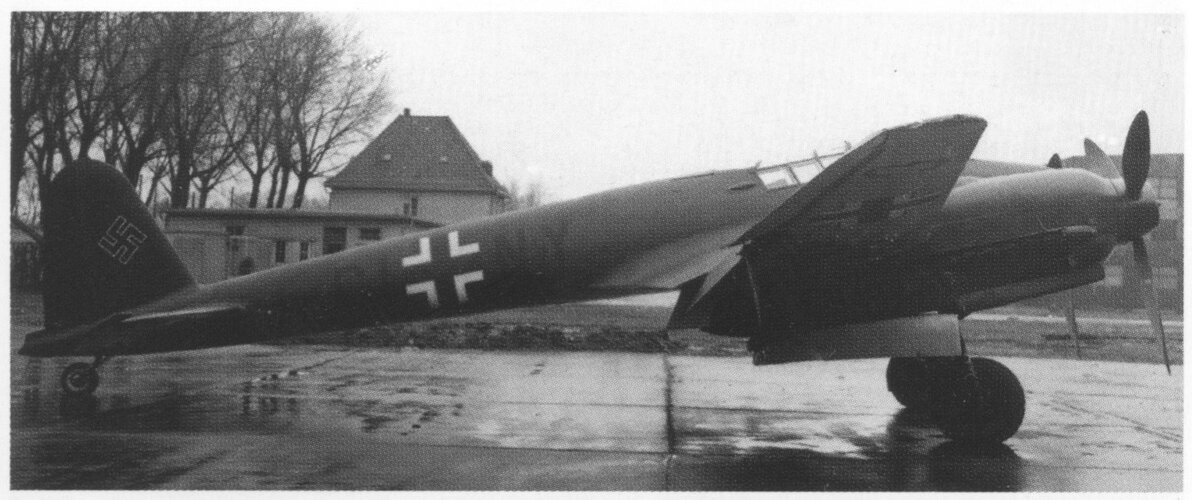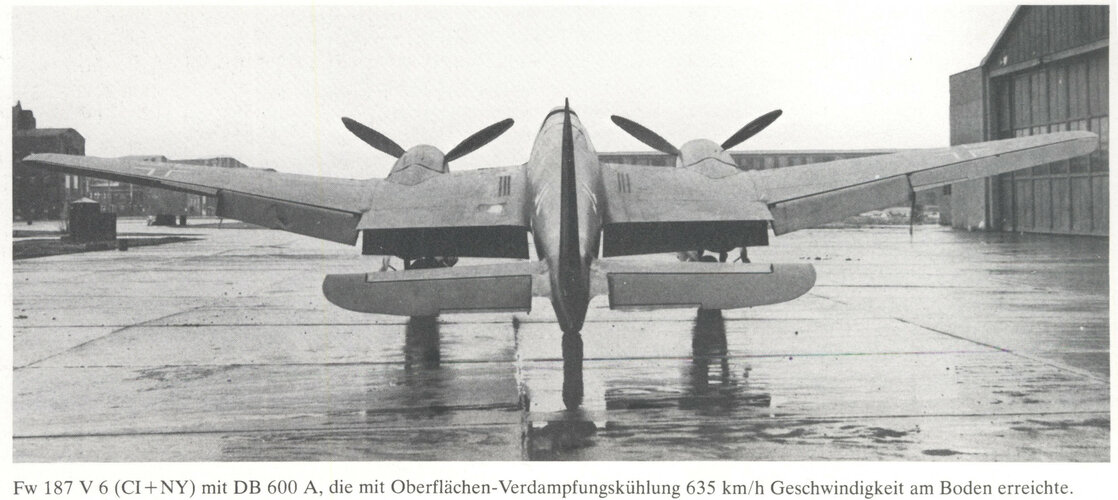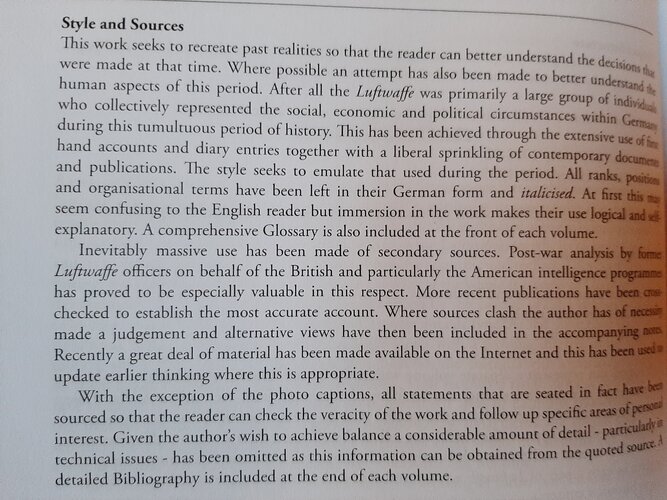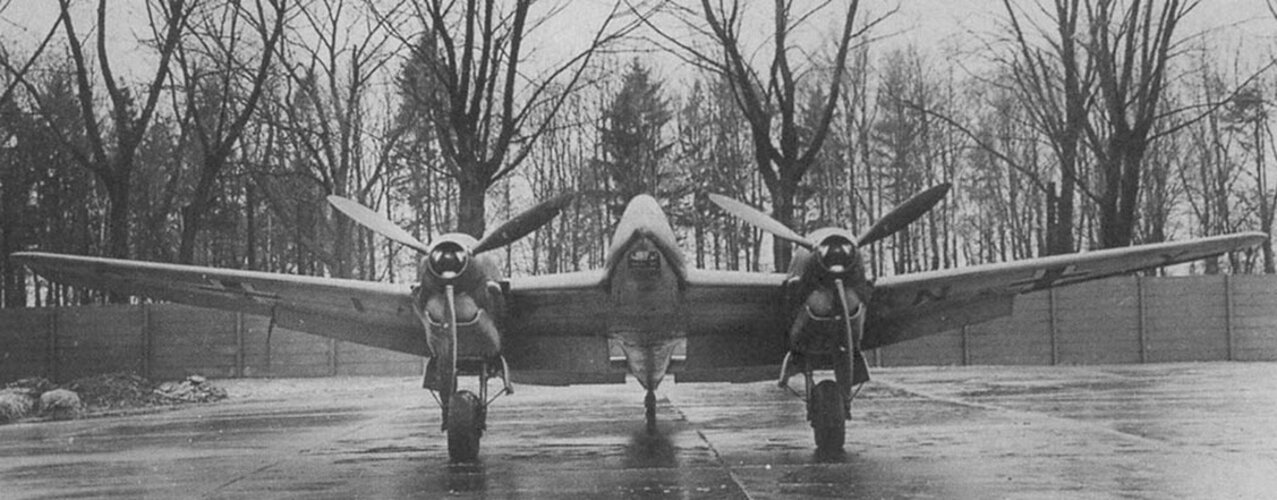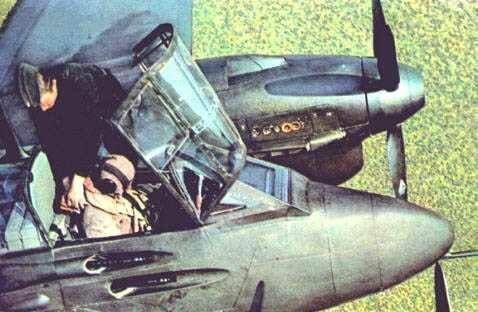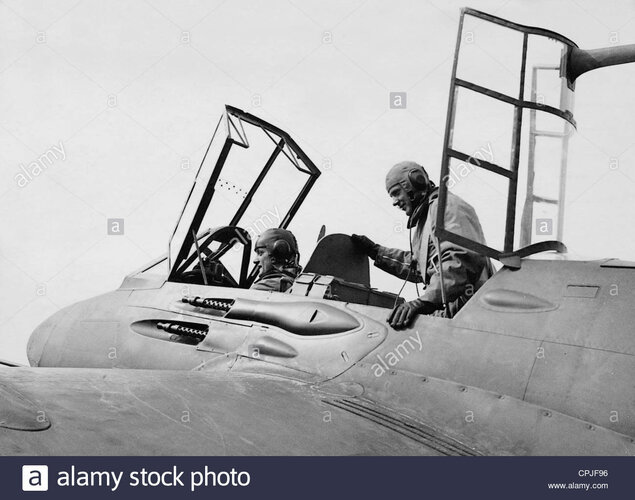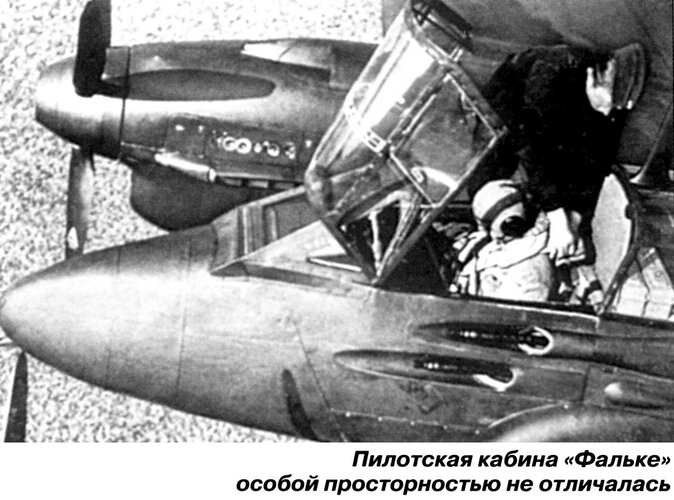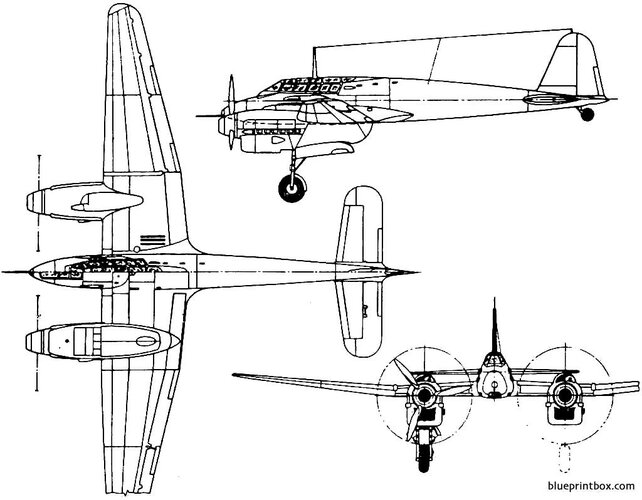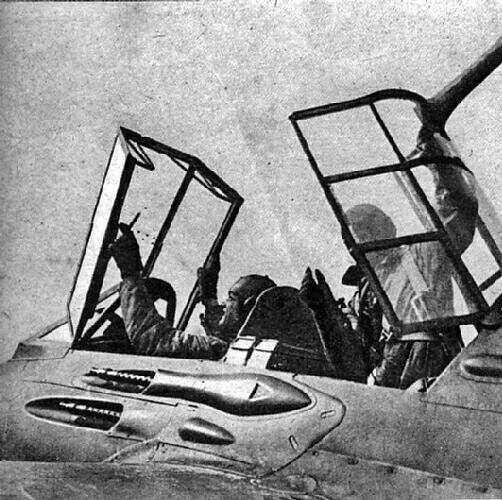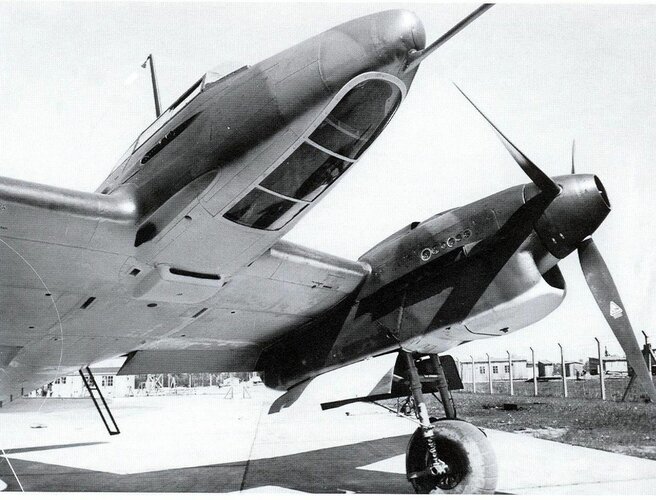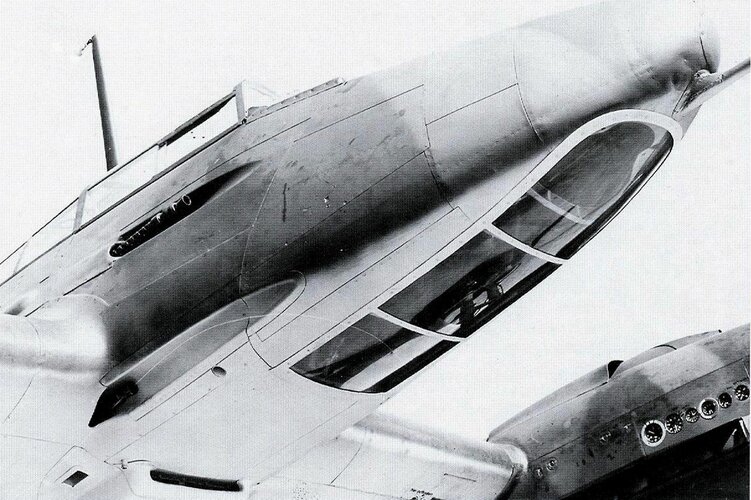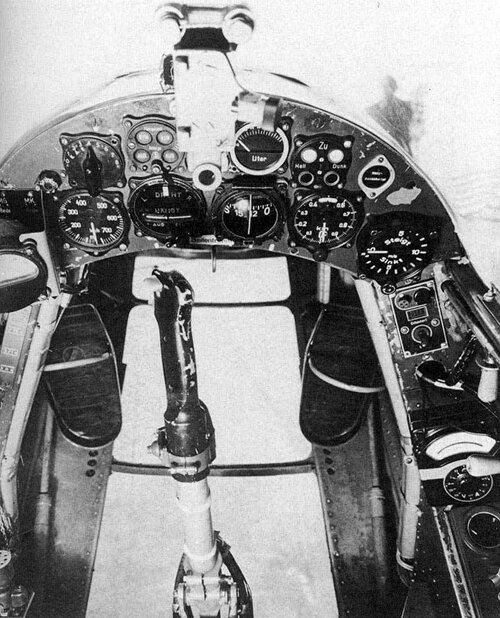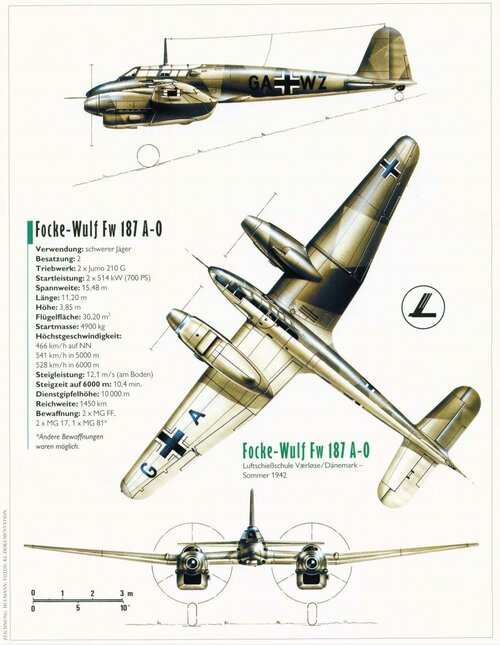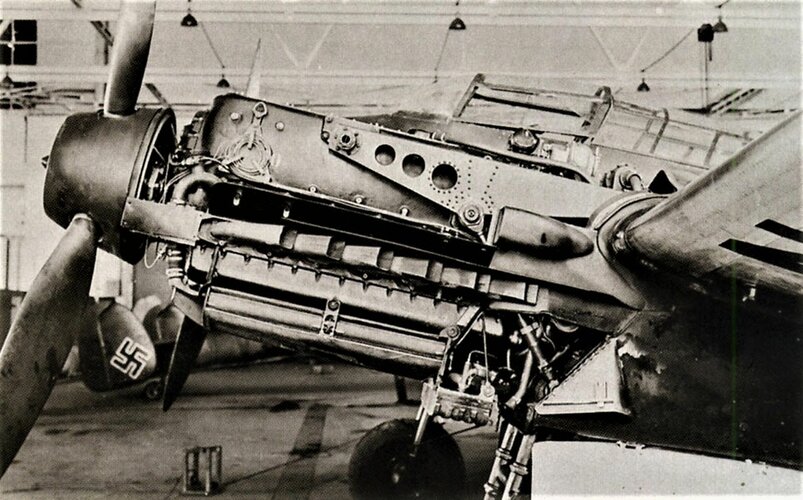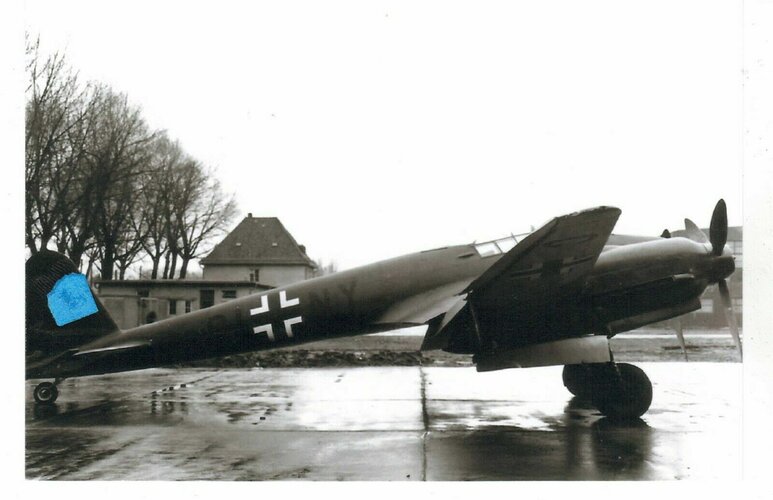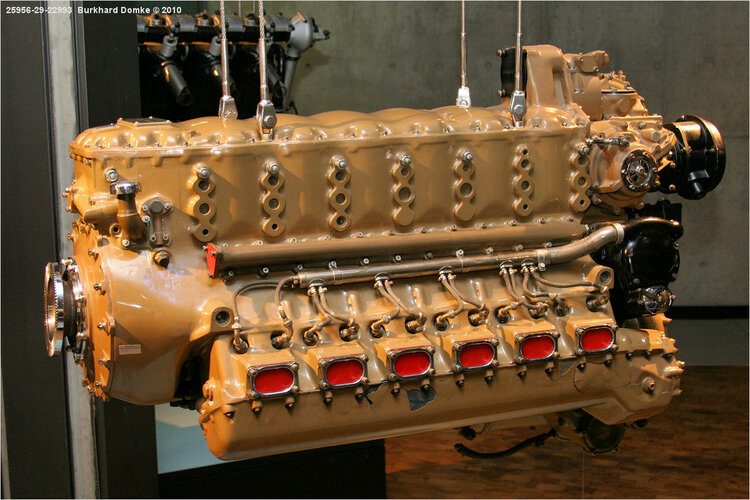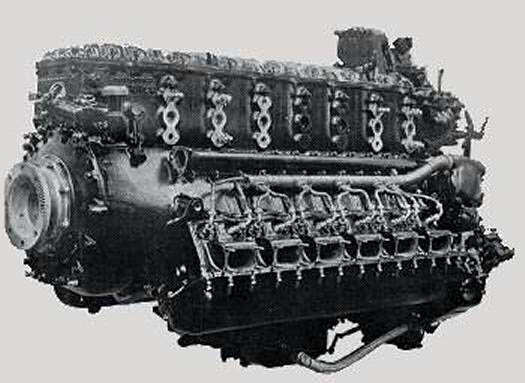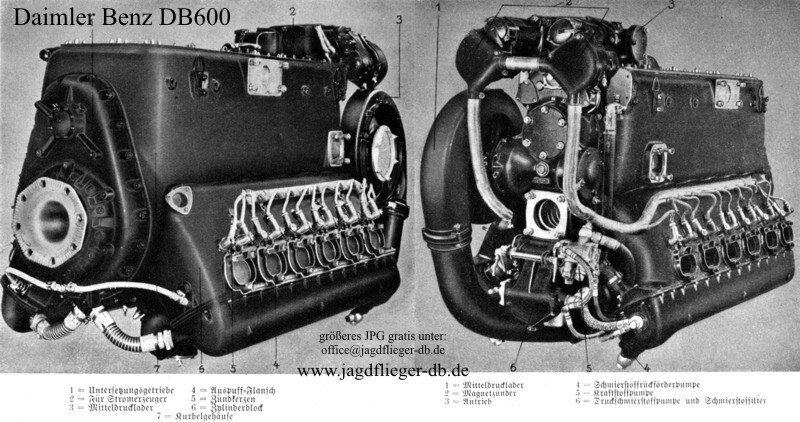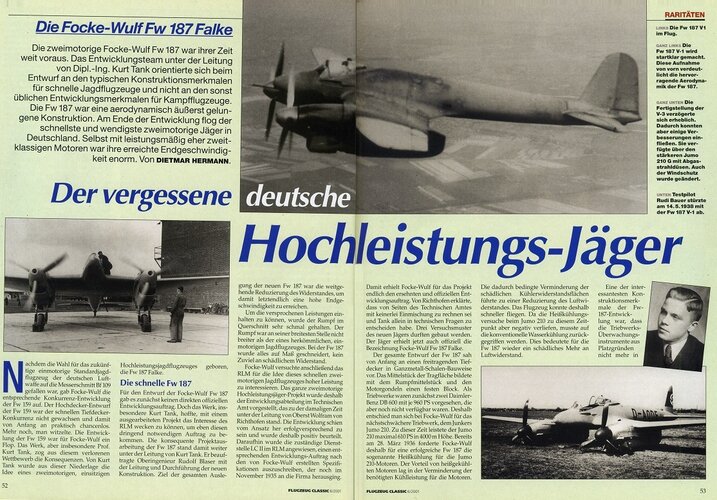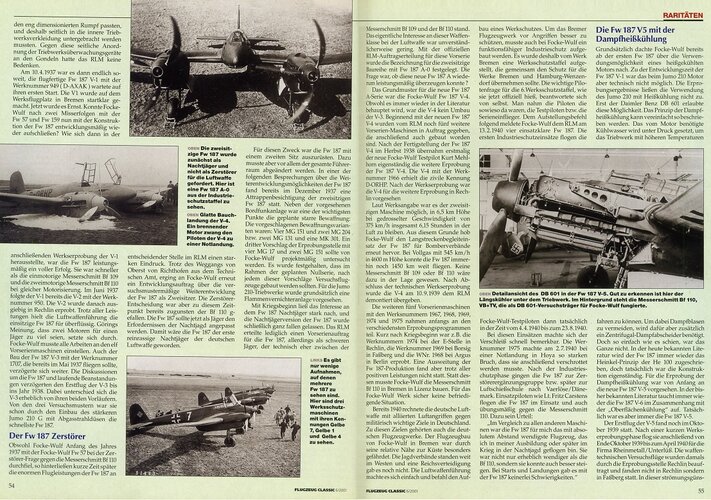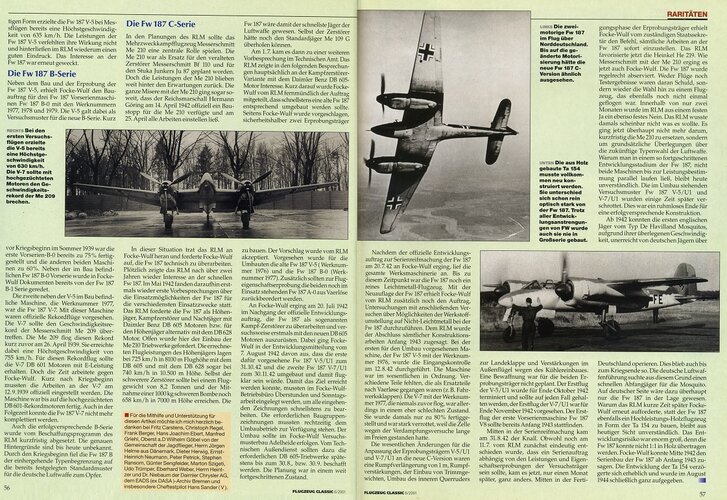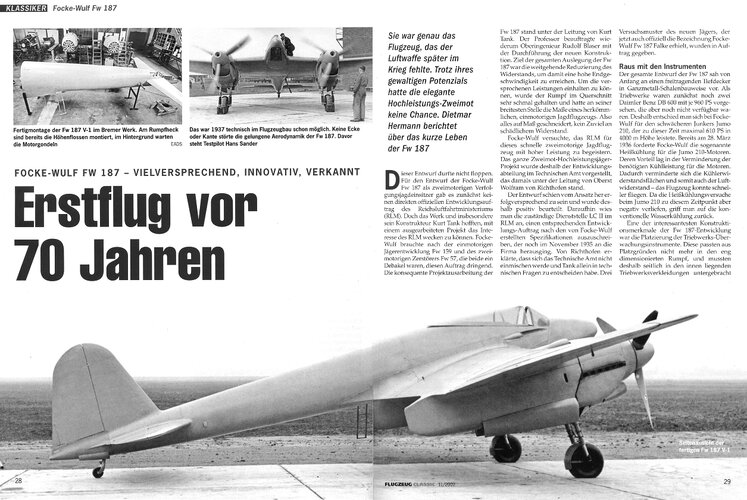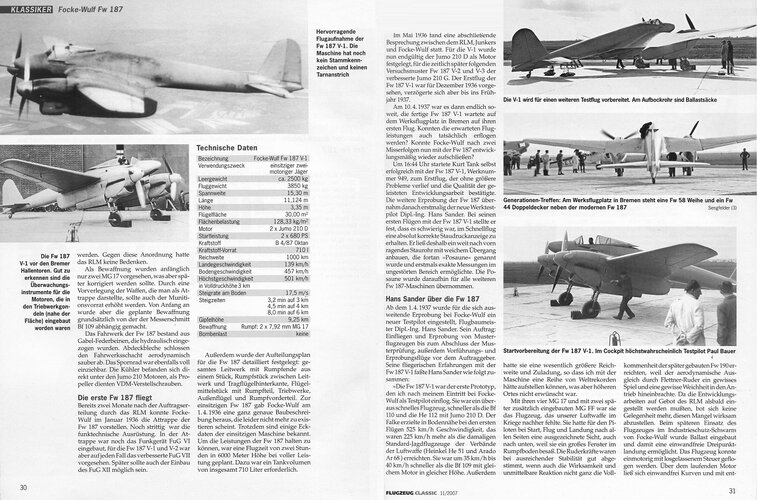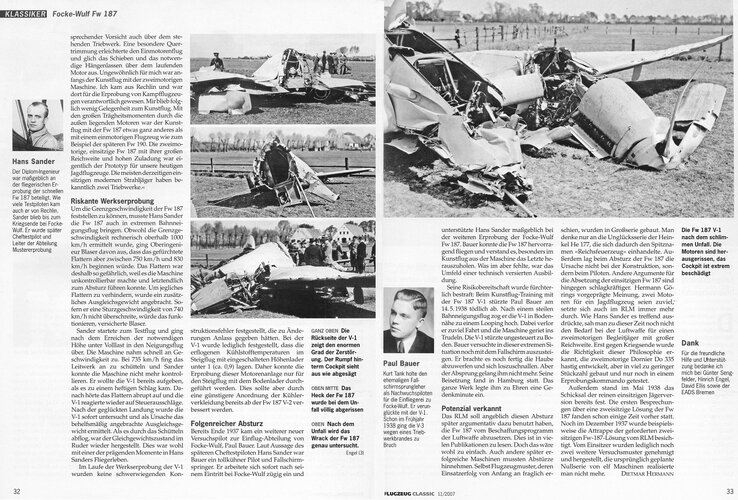I was wondering when this would come up.
Good old reliable Wikipedia.
The best I can do towards corroborating the DB 600 point is a section of Appendix III in
Design for Flight - the Kurt Tank Story by Heinz Conradis, published in 1960. Conradis was a member of senior management at Focke-Wulf during the war and knew Tank well, although how far he was ever involved in the minutiae of aircraft design is unclear.
Before I proceed, it's worth noting that
Design for Flight was the English translation of Conradis's 1955 German-language book
Nerven, Herz und Rechenschieber, which was reissued in 1959 as
Forschen und Fliegen - Weg und Werk von Kurt Tank. Neither of the two German-language versions of the book have this appendix and I suspect that it was added by MacDonald, the English version's London-based publisher, to make it more interesting and useful for 'plane spotters'. Who actually wrote it is equally unclear. It may have been Conradis himself, or it may have been the translator Kenneth Kettle, or an uncredited third party.
In any case, it may well be the source for most later accounts of the Fw 187's development (including, it would appear, those used as source material for the Wikipedia entry). The appendix is headed: "Development histories of aircraft produced under the direction of Prof. Dipl. Ing. Kurt Tank" and it begins: "Fw 187. Early in 1936, Dipl. Ing. Kurt Tank showed drawings of a new, twin-engined single-seat long-range fighter which, he claimed, with two of 960 h.p. Daimler-Benz DB 600 engines, would attain a speed of 348 m.p.h.
"Tank's revolutionary plans aroused considerable interest, but to the officials of the Reichsluftfahrtministerium it seemed pointless to use two engines to achieve the same results as one, and, in any case, the prevailing theory was that bombers could be produced with sufficient speed to dispense with the long-range fighter escort.
"Despite the coolness towards his project displayed by the Reichsluftfahrtministerium, Tank submitted his proposals to the Technischen Amt (Ministry of Planning and Supply) and found some support in General von Richthofen. This resulted in an order for three prototypes, the fighter being allocated the type number "Fw 187". Construction began under the supervision of Oberingenieur Blaser, and in the summer of 1937 the first prototype, Fw 187V1 was ready for its first flight test. The R.L.M. had refused to release the new DB 600 engines called for by Tank's original proposals as these were all required for installation in the Bf 109D and the prototypes of the Bf 110, and therefore two 635 h.p. Junkers Jumo 210D engines had been installed. Despite the fact that these engines had some thirty-five per cent less total power than that originally considered necessary by Tank, the Fw 187V1 attained a maximum speed of 325 m.p.h. in level flight, nearly 20 m.p.h. faster than the best speed attained by the contemporary Bf 110 with the more powerful Daimler-Benz engines, and 33 m.p.h. faster than the Luftwaffe's newest service fighter, the Bf 109B."
It goes on to say that:
"The third two-seat prototype, the Fw 187V6, carried no armament but was fitted with two DB 600A engines with a surface evaporation cooling system. With some 1,900 h.p. available, the Fw 187V6 attained what was for that time the phenomenal speed of 390 m.p.h., but the surface evaporation cooling system proved to be completely unreliable and was abandoned."
Other evidence:
There was an article in Swedish publication Flygning No. 18A of September 1940 which gave the powerplants of the two-seater Fw 187 as two Jumo 211 Ba or Da, or two DB 601 Aa or Ba.
The French 'Journal de la Marine' (I think that's what it's called - the handwriting on the British intelligence report is spidery at best) of July 31, 1941 said that the Fw 187 would be powered by the DB 603.
Most other British intelligence reports on the type from 1942 onwards have it powered by two DB 601s or two DB 603s.
Assessing the Conradis account, it can be observed that the line about Tank showing drawings around in early 1936 is inaccurate. The RLM had been aware of what would become the Fw 187 long before that - verified by the RLM development charts. As I mentioned, there appears to be no surviving period evidence to suggest that the 187 was originally designed with the 600 in mind or that Focke-Wulf was denied its use. Certainly, the Fw 259 (the existence of which few seem to have been aware) was one of the first aircraft to be specified with the 600 - so the idea that all 600 production was earmarked for the 109 (which wasn't selected as the winner of the fighter competition until the 187 prototypes were nearing completion) also seems suspect. And this is leaving aside the note that the Technisches Amt was the 'Ministry of Planning and Supply' - Conradis would have known at a glance, had he seen this, that it was wrong.

